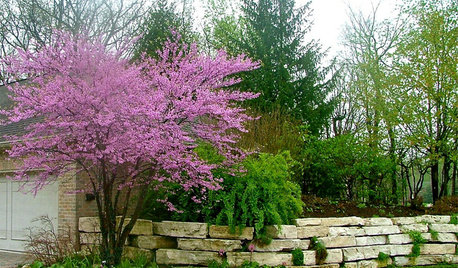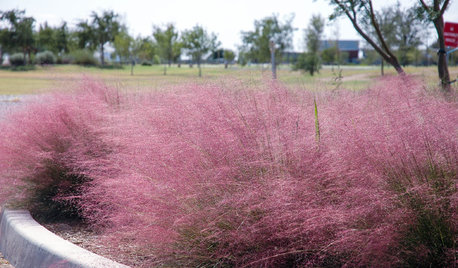I am a new veggie gardener, and maybe I over think things, but, here are a few questions that have been rattling around in my noggin. Plus, I began a garden last year in Texas. It seems it was the worst year to be a new gardener, as Texas had exceptionally hot and dry weather. (even for Texas) Even experienced gardeners, got like 2 tomatoes then it got too hot for the poor tomatoes to produce. I felt like a failure until I started to talk to other gardeners. The year before last year, I only had winter squash so I do not even know is that could even count as a garden.
I have read, that butter beans and butter peas take hotter weather than limas. So, should I plant them later, when soil temp is higher?
I know there is discussion about if there is a difference, but this is what I would think...
limas are large like Christmas limas
butter beans are small and shaped like limas
butter peas are round.
or are butter beans really butter peas
and are small limas just baby limas?
I got the following sentence
"The large seeded lima beans date back to 5000 to 6000 BC along the coast of South America toward Peru. The small seeded butter bean dates back to 300 to 500 BC in Mexico and Guatemala. "
from http://www.uga.edu/vegetable/limas.html
OK, on to the next question, I read pole beans can take hotter weather than bush beans. So if they say to plant beans at 65 degrees, then do I wait till the soil is warmer to plant the pole beans? For that matter what is a safe temp to avoid seed rot. I read the darker seeds don't suffer seed rot as much as the white seeds.
here are the dates I have written down for planting my legumes
March 20 - green and wax beans, peanuts
(or when soil temps are about 65)
April 5 - limas
(or when soil temps are about 70)
April 15 cow peas, butter beans, yard longs
(or when soil temps are about 75)
I don't want to plant too early, to have seed rot and poor development, and can't wait too long or won't get any beans due to temps reaching 100-110. Usually in Texas it gets only to 100, and rarely to 105 on a day or two here and there. But last year, we had weeks of 110 and the cow peas were not even happy. Needless to say, I got little for all my efforts.
I know stuff more suited to the south will sprout at different temperatures, from this little experient I am doing.
This Feb I planted:
Alaska peas - more of a northern variety
little marvel peas - can take hotter weather (for a pea)
wando peas - can tolerate hotter or cooler weather
the last two are southern varieties
I planted them on three different dates.
I have been keeping track of plant dates, and sprout dates.
Not to get into all the spouting dates, but the Alaska came up first, the wando next and the little marvel is still mostly thinking about sprouting, maybe one or two up. None are up from the last plant date. The three plant dates were
feb 7 - soil temp 53
feb 18 - soil temp 55.5
feb 28 - soil temp 62
For the first plant date: Both the little marvel and wando had a few seeds end up on the surface of the soil that had been eaten by bugs or something. None of that in the Alaska. So does the soil life eat the peas and spit them back out? I could understand the peas being eaten, but why do they end up on the surface? The first date the soil was on the muddy side, plus I did not plant so deep due to cooler soil. I am experimenting with plant dates since I am on the edge of a Texas planting zone. When I used zone 3 dates, stuff is planted too early in spring (trouble with sprouting) and too late in fall (little or no harvest), if I use zone 2 then stuff would (probably) be too late in spring and too early in fall. I am adding (spring) or subtracting (fall) 2 weeks to zone 3 dates to compensate. Also I backed up from frost date here to come up with a good date to plant various things. I also like to use soil temps.
A lot could have to do with needing more time to build soil fertility. I am using no till methods. I mulch. I try to water deeply, and avoid watering when already wet. I have a soil moisture meter that helps me out. At first I thought I had to remove sod, and when I did that there was like 1" of black dirt. But got sick of that, and figured I was doing more harm than good, so I piled up mulch on top of the sod and the sod turned into soil. Now after 2 garden years, I have about 4 inches of black dirt, and lots more worms! I don't worry about the weeds, I mulch over them, and they rot into soil. If they are too tall to do that, I cut them off at soil level first. All the weed roots are good for soil life and leaves paths for water to go down into the soil. Otherwise this heavy clay soil packs down to a rock in summer and is muddy in cool weather.
This will be year 3 of gardening, so if the black soil keeps getting thicker, things should get better. (I hope) I need a success or two, to feel less like I am a failure as a gardener. I could go on and on about what did not work out last year, but I won't. Read my member page if you really want all the info.
Sorry so long. I have the attention span of a pea, so when I read a long message I have a hard time keeping my focus.
I'll keep it short net time.
Mary
















rodger
Related Professionals
Accokeek Landscape Architects & Landscape Designers · Graham Landscape Architects & Landscape Designers · Maple Heights Landscape Architects & Landscape Designers · Aurora Landscape Contractors · Alamo Landscape Contractors · Amesbury Landscape Contractors · Cockeysville Landscape Contractors · Englewood Landscape Contractors · Hawthorne Landscape Contractors · Mason Landscape Contractors · Middletown Landscape Contractors · Ringwood Landscape Contractors · Reisterstown Landscape Contractors · Merrifield Landscape Contractors · Pittsburgh Decks, Patios & Outdoor Enclosures